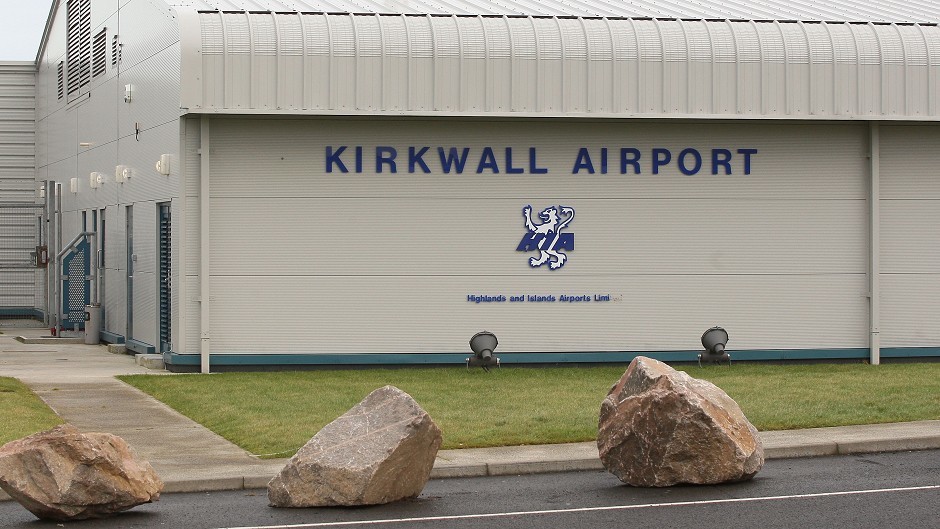Researchers from a north-east university will hotel a special week-long event marking the importance of Kirkwall Airport to the Orkney Islands.
Photographs of the airport from the past and present will be on display in the terminal from October 10.
Organisers, Robert Gordon University, will also host a series of informal discussion groups at King Street Halls in Kirkwall, looking at the significance of the airport to the local community.
These events will be held on Tuesday October 13 and Wednesday October 14. Both will start from 7pm.
Researchers Dr Graeme Baxter and Lyndsay Bloice will use photos from the exhibition to invite participants to share memories of the local airport.
The visit is part of a larger research project with European funding on the importance of small airports. Spara 2020 (Smart Peripheral and Remote Airports) brings together partners from Scotland, Ireland, Sweden, Norway and Australia in order to deliver increased innovation within the public service provision of airports.
Professor David Gray, leader of the research team at RGU, said: “Kirkwall Airport, or Grimsetter as those of a certain age may remember it, has always had great significance for the people of Orkney as a familiar gateway for travelling in and out. This study will establish just how valued it is by Orcadians.”
For further information about the research, or to register attendance at one of the discussion groups, please contact either Graeme Baxter on 01224 263889 or e-mail g.baxter@rgu.ac.uk or Lyndsay Bloice on 01224 263991 or e-mail l.s.bloice1@rgu.ac.uk
The airfield was originally built and commissioned as RAF Grimsetter in 1940, forming part of the defences for the main fleet anchorage at Scapa Flow.
In 1943, control passed to the Royal Navy, when it became HMS Robin.
The airfield then came under civil control in 1948, owned by the Ministry of Civil Aviation.
In 1986 control was passed to Highlands and Islands Airports, which was then a wholly owned subsidiary of the Civil Aviation Authority.
